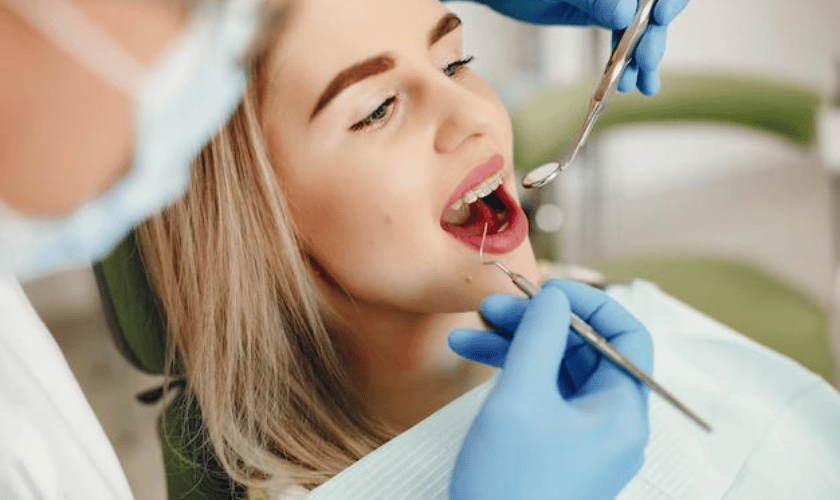Sedation dentistry is the branch that focuses on using sedatives to help patients relax during dental procedures. There are several different types of sedation dentistry, each with its benefits and risks. Here’s a look at the different types of sedation dentistry and what they can offer patients.
Oral sedation – a pill is taken before the appointment to help you relax
Oral sedation is an attractive option for many anxious dentist patients. Your dentist will typically prescribe a pill to be taken before the appointment, allowing you to relax in the dental chair and alleviate any fear or anxiety regarding dental treatment. With oral sedation, you will feel drowsy and relaxed but alert enough to respond to directions from your dentist throughout the procedure. Multiple levels of sedation are available depending on your needs, so it’s important to speak with your dentist before taking any medication. Oral sedation is an effective way to ensure that even anxious patients can receive high-quality dental care.
IV sedation – intravenous medication is used to help you relax during the procedure
IV sedation is a popular form of sedation dentistry and can help patients feel more relaxed while undergoing routine dental procedures. This technique uses intravenous medication to induce a moderate form of sedation; However, the patient may not experience deep sleep during the procedure, and their overall level of awareness and comfort is greatly improved. For this type of sedation dentistry to be successful, care must be taken to ensure the patient is closely monitored throughout. If you consider this option for your upcoming dental procedure, your dentist can answer any questions about the associated risks and benefits.
Nitrous oxide – also known as “laughing gas”, is inhaled through a mask and helps you feel more relaxed
Nitrous oxide, more commonly known as “laughing gas,” is one of the forms of sedation dentistry used to help patients feel relaxed while receiving dental treatment. Through an inhaler or mask, this type of sedation is administered through a nose and mouthpiece that delivers nitrous oxide gas, which helps you relax during your visit. Nitrous oxide provides an ideal balance between conscious sedation and unconscious sedation — patients remain conscious but feel less anxious about their procedure. Its effects are also short-lived, allowing patients to quickly return to functioning normally after their dentist visit.
General anesthesia – this is used for more invasive procedures and puts you to sleep for the duration of the treatment
General anesthesia is typically used for realigned surgeries, serious dental procedures, and long-term treatments that involve a lot of work. It’s given intravenously or orally and puts the patient in a deep sleep for the entire treatment period. The use of general anesthesia comes with greater risks than other types of sedation dentistry, like local or conscious sedation. Still, it can provide much-needed relief for those who need more invasive or lengthy treatments within their session. This type of sedation is administered by an anesthesiologist who stays with the patient during the procedure to ensure that the required care is safely achieved.
Medications used for sedation dentistry can vary depending on the procedure and how much sedation is needed. Oral sedation might be right for you if you’re feeling anxious about a routine cleaning or filling. IV sedation and nitrous oxide are typically used for more invasive procedures, like root canals or extractions. General anesthesia is usually only necessary for very involved procedures, like surgery. Talk to your dentist about which type of sedation would be best for you based on your level of anxiety and the procedure you’re doing.

